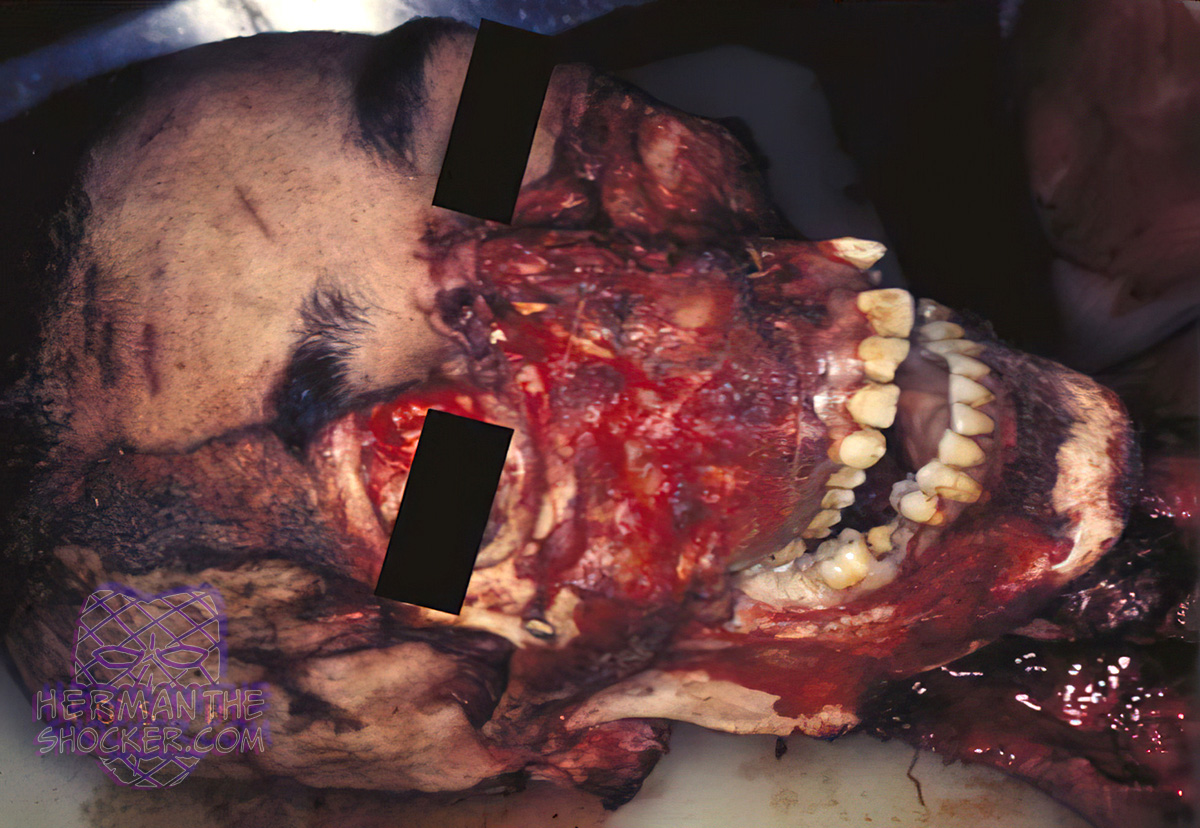Postmortem scavenging is common among wild and domestic rodents; they are well known to alter or destroy the indicators of the cause of death and preclude the visual identification of the victim. Rodents tend to gnaw on bone, to wear down on their incisors, leaving telltale sets of parallel striations on the osseous cortex. Postmortem rodent-caused injuries are usually wedged, paired, clean, small incisions without subcutaneous bleeding. Porcupines are known to collect and modify both dry and meaty bones. They leave a typical pattern of gnawed trails, thinning the bones in a fan-shaped pattern and creating ‘‘windows’’ in the shaft produced by heavy gnawing and scooping out material.
Latest posts

Incomplete skeletonization of a forearm due to post-mortem animal scavenging by a domestic German Shepherd. Skeletonization (synonym: skeletalization)…

USA. A case of simple asphyxia combined with external airway obstruction by a plastic bag, in a suicidal…

This photo depicts a standard “execution type” drug hit. The victim’s hands were secured behind his back. A…





